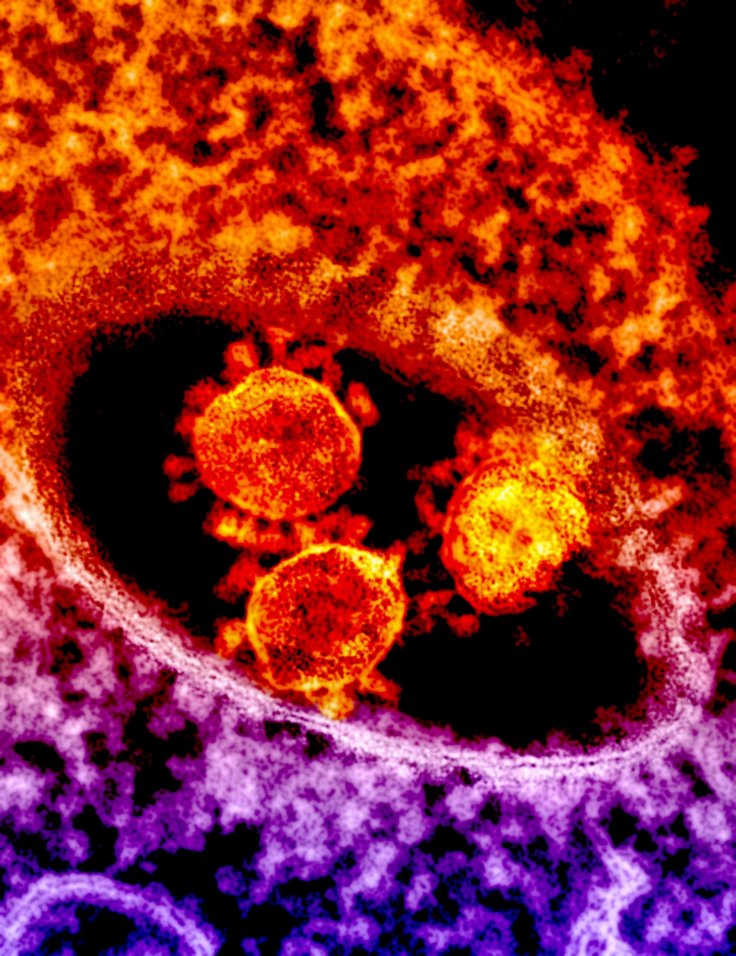An 11-year-old boy from Winter Park, Florida, has died after he developed a deadly flesh-eating infection from a benign twisted ankle. Jesse Brown's mother saw that his whole leg was covered in splotchy, purple, red bruises just days after the treadmill injury.
The fifth grader was admitted to the local hospital's ICU and diagnosed with group A strep infection that quickly evolved into the flesh-eating bacteria. The infection proved fatal when it became the flesh-eating necrotizing fasciitis and made Jesse's brain swell.
Megan Brown, the boy's cousin, believes the infection attacked when he rolled his ankle. She said the doctors established that the infection was sparked after the treadmill injury. "They said that because he rolled his ankle, that that's likely where the infection attacked it because it was already weak. For this to kill him in just a matter of days was crazy. If there was more awareness, maybe we could have caught it earlier when we noticed he had a fever."

The cousin highlighted that the infection festered in his ankle because that was the weak spot from where he sprained his ankle. "It just continued throughout his body and once it got in his bloodstream, his organs started shutting down
Strep A Most Common Cause of Flesh-Eating Disease
According to the CDC, group A Streptococcus (group A strep) is the most common cause of flesh-eating disease called necrotizing fasciitis. It enters the body through a break in the skin, including burns, cuts and scrapes, insect bites, surgical wounds and puncture wounds. Experts also say the flesh-eating infection occur randomly.
Dr Alan Cross, an infectious disease specialist at the University of Maryland Medical Center, group A strep can cause this very rapid infection and the reason for that is that it makes a toxin. "Adults who had trauma through auto accidents and injuries, were similar to what this boy had, except they were adults. And they also have these soft tissues in infections that got surgical treatment on top of prompt antibiotic therapy."

Some early symptoms of necrotizing fasciitis, as per CDC, includes a red, warm, or swollen area of skin that spreads quickly, and severe pain – including pain beyond the area of the skin that is red or swollen. The patient will also have fever. These symptoms may lead to blisters, or black spots on the skin, changes in the color of the skin, pus or oozing from the infected area, fatigue, dizziness, and diarrhea.
The infection is a very serious illness and needs to be treated in a hospital through antibiotics and surgery.
Miracle Child
Megan said Jesse was a "miracle child". "His parents were told they would never have children. They had given up hope, and after 10 years of trying, they were blessed with Jesse Ryder Brown," she explained. "That miracle was taken from us far too soon."









